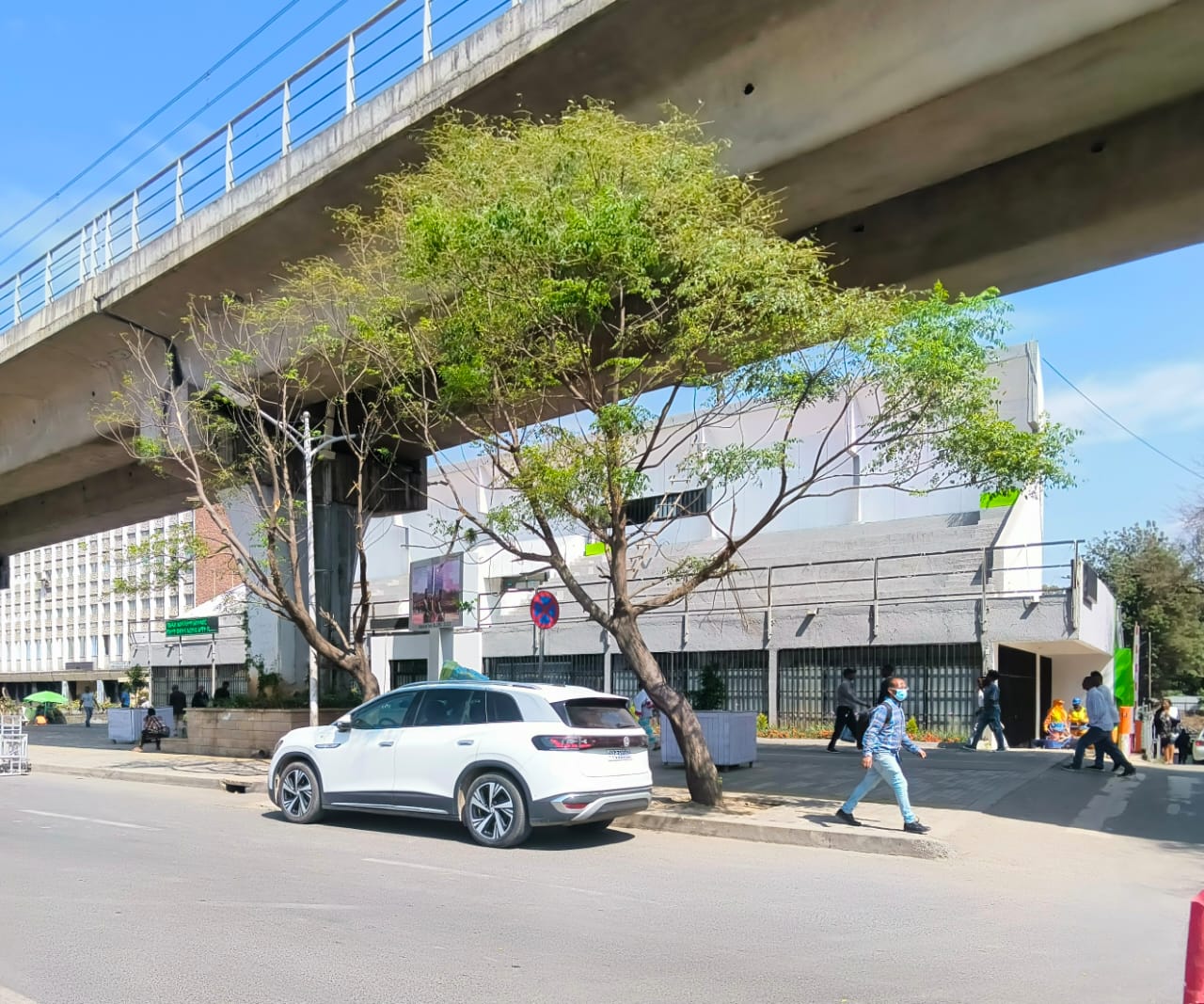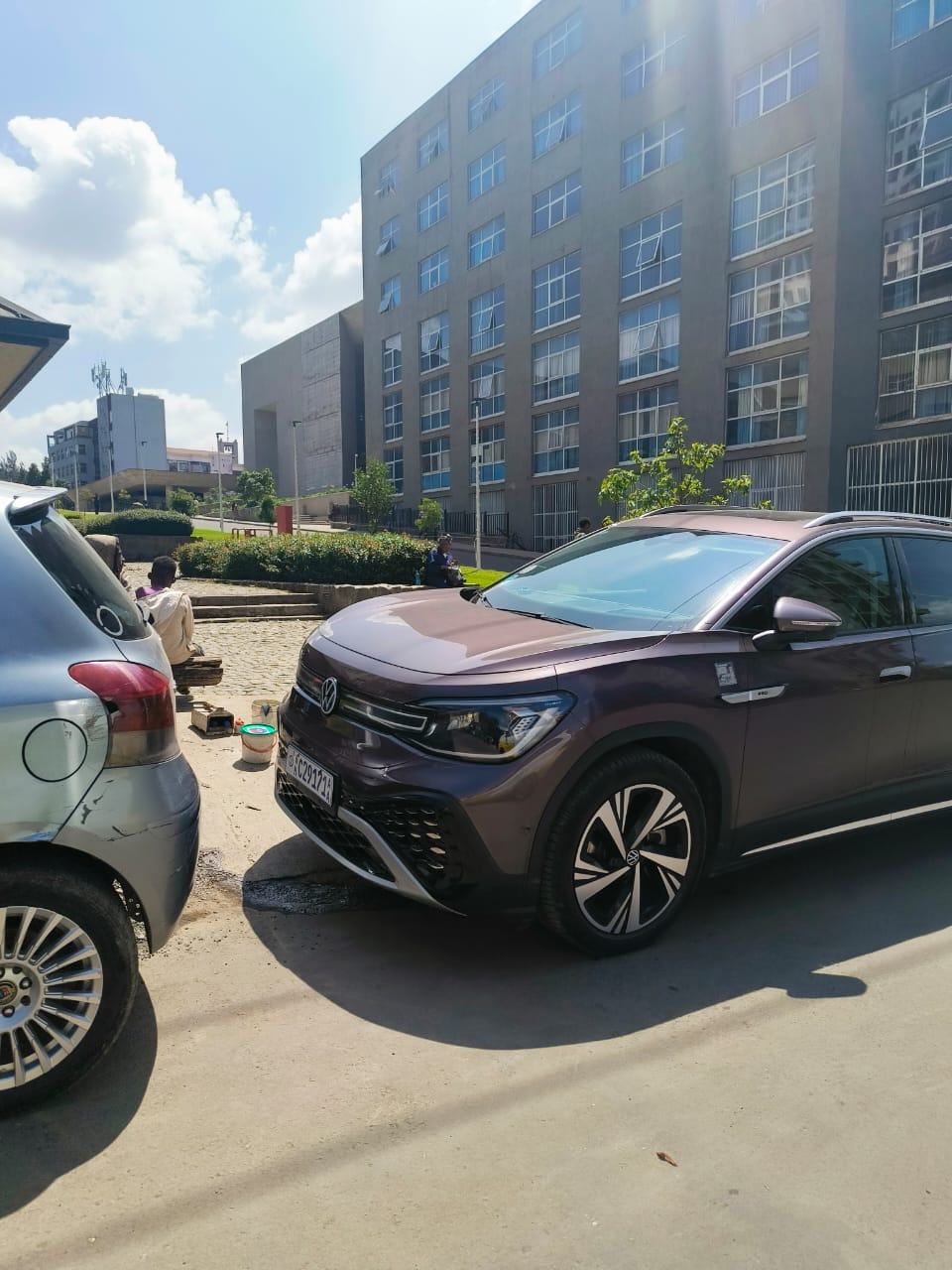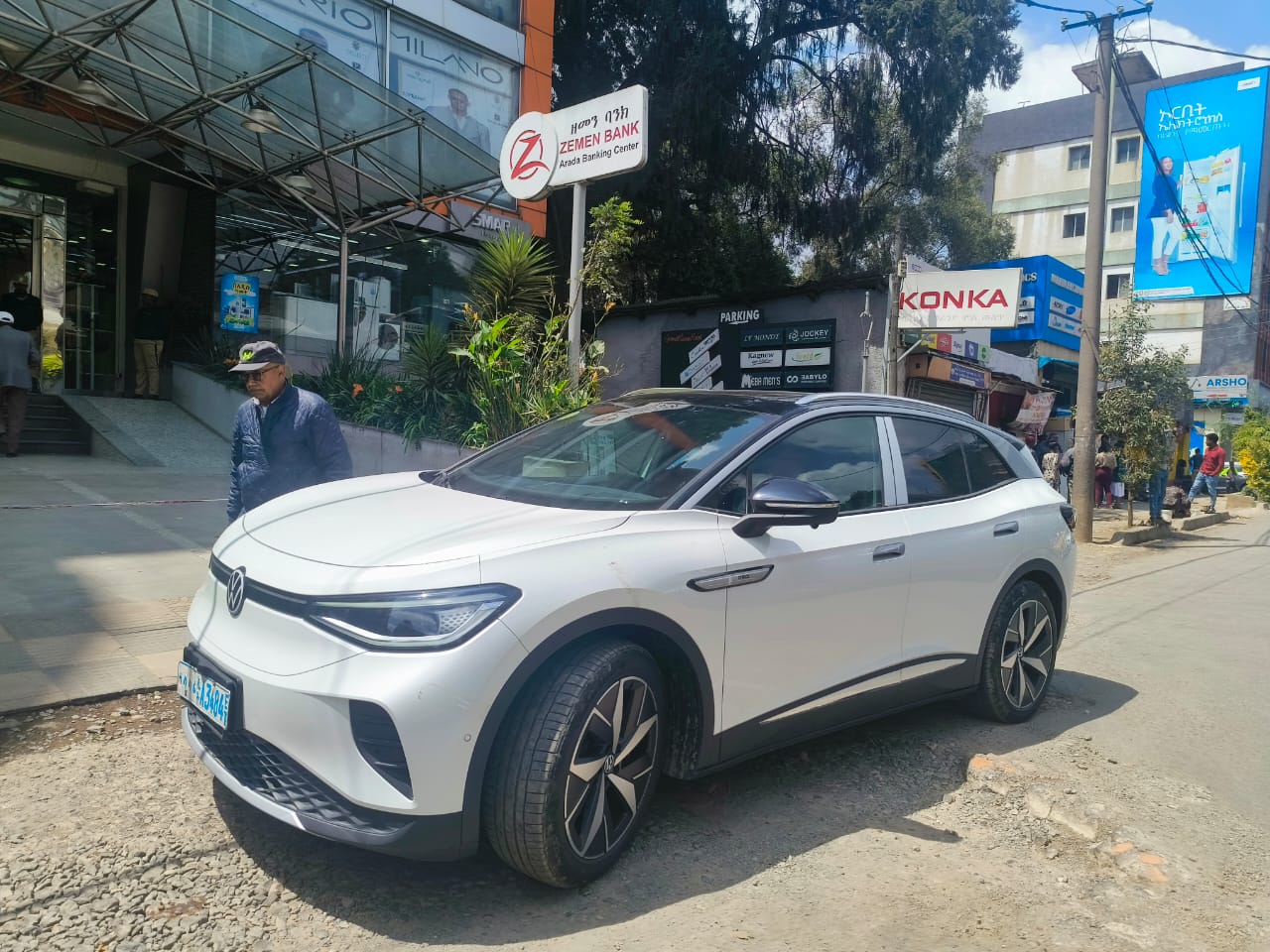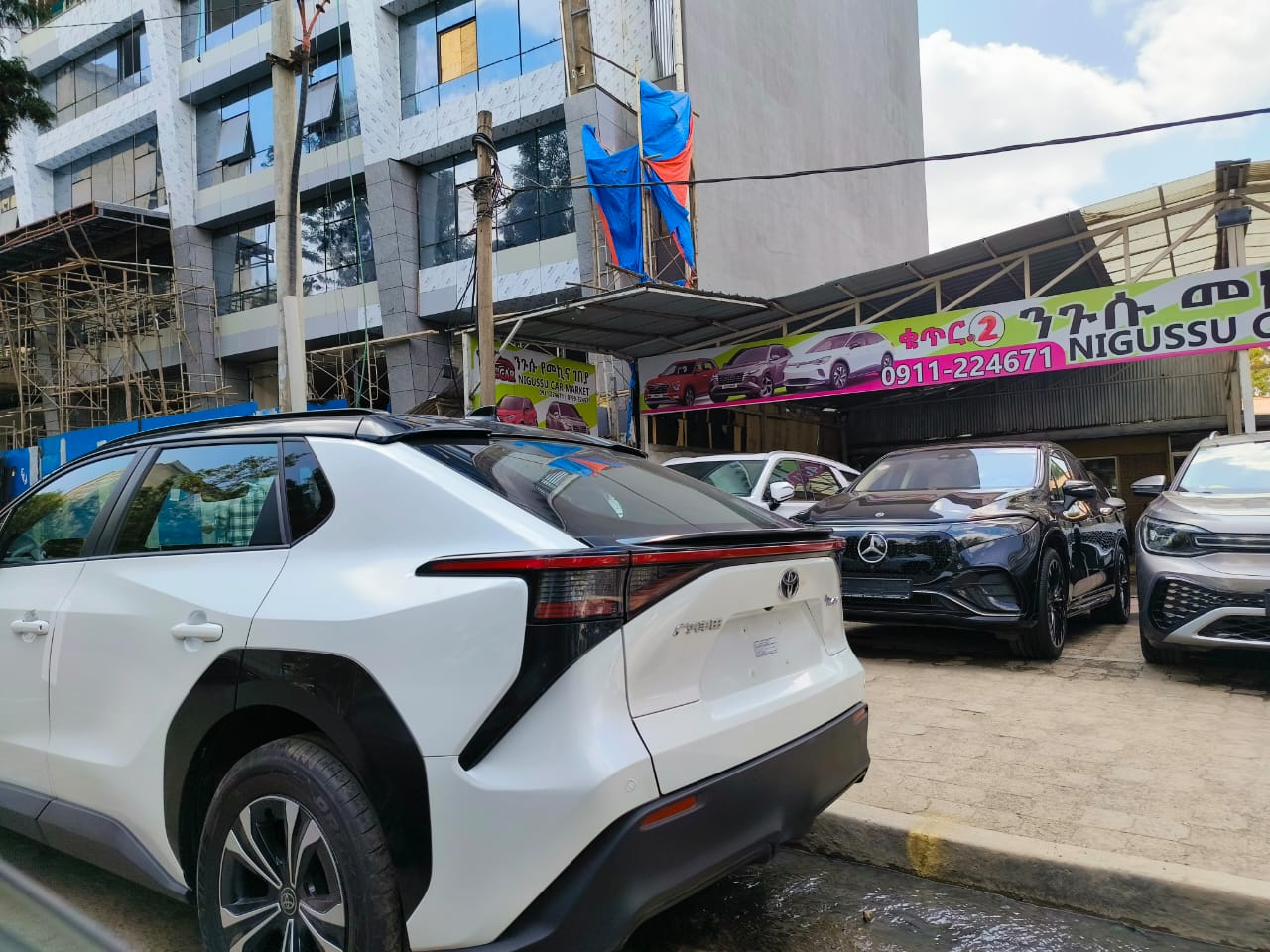Sign up for daily news updates from CleanTechnica on email. Or follow us on Google News!
Like a lot of countries on the African continent, Ethiopia has an exceptionally low motorisation rate. Ethiopia has a population of 126 million people, but the total number of vehicles registered in Ethiopia is around 1.2 million. Most of these vehicles are over 20 years old. According to reports and announcements from the Ethiopian government, Ethiopia had a plan to catalyse adoption of electric vehicles in Ethiopia with a 10 year target to see 148,000 electric cars and close to 50,000 electric buses on Ethiopia’s roads by 2030. However, Ethiopia has made incredible progress on this path to the extent that the Ministry of Transport and Logistics recently said that this target of over 100,000 electric vehicle has already been met in just the first 2 years of this plan! How cool is that?
Due to this incredible progress, the target has since been bumped up to close to 500,000 in the 10-year period. Let’s take a moment to take this all in. So, in just 2 years, locally assembled EVs and imported EVs have added almost 10% of Ethiopia’s current total ICE vehicle registrations! Let us say that all the vehicles in the current fleet stay on the road for the next 8 years (highly unlikely) and the total fleet will then be 1.7 million. If the target is met, it would mean the penetration of electric vehicles in Ethiopia’s total fleet will be close to 30% at that time. This will be quite a remarkable feat. Of course, the actual number will be more than 30%, as a lot of the vehicles in the current ICE fleet will be retired by then. Also, given the extremely low motorisation in Ethiopia, vehicle sales should grow at a much faster rate going forward, and probably the penetration of EVs in the country’s total fleet will hit close to 50% by then.
Another factor that will accelerate the population of EVs is the move by the Ethiopian government to push for restrictions on all ICE vehicle imports. Late last year, the Ethiopian govern announced that it was finalising the process to ban all ICE imports in the extremely near future. A total ban on ICE imports! Not a plan to phase out new ICE vehicle registration by 2035 or 2040, no, but an impending immediate ban! Drastic but understandable. Ethiopia spends over $5 billion USD annually on petrol and diesel imports, precious foreign currency it does not have. Ethiopia has also recently started generating electricity from the first units at the 5-gigawatt Grand Ethiopian Renaissance Dam, adding to its other hydro and renewable energy resources. Electricity is ridiculously cheap in Ethiopia at under 1¢ USD per kWh in many cases. Ethiopia therefore wants to save as much foreign currency from that fuel import bill as possible, and EV drivers of course will be benefiting from some unbelievably cheap electricity, which will lower their transport costs.
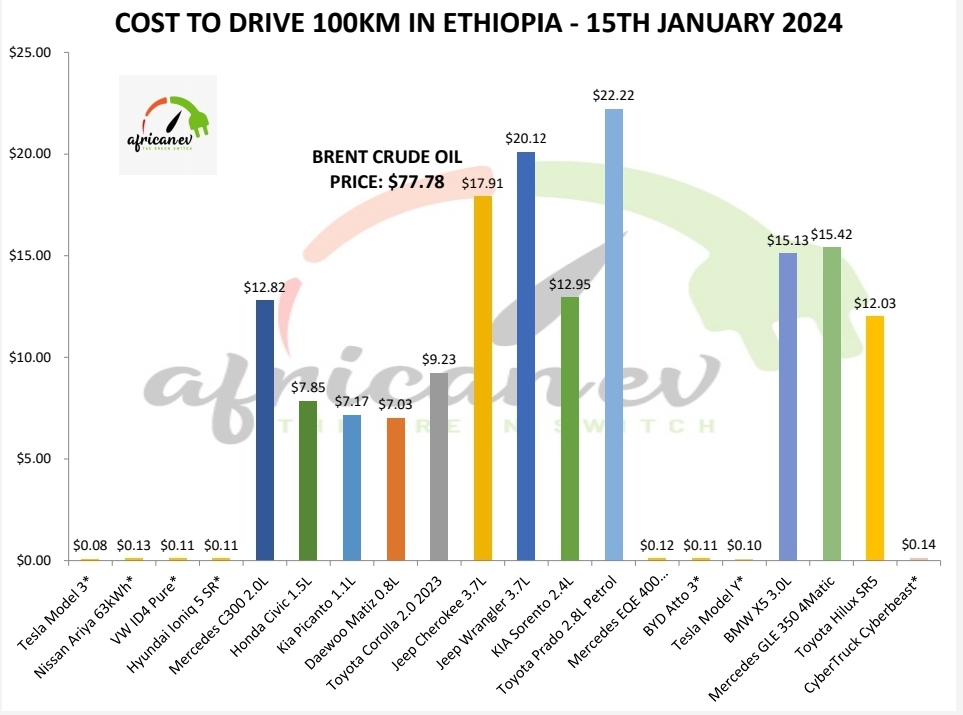
So, where did some of these imported EVs come from? Almost 2 years ago, the Ethiopian government introduced some incentives to catalyse the adoption of electric vehicles. Ethiopia’s Ministry of Finance exempted all electric vehicles from VAT, surtax, and excise tax! They went further to exempt completely knocked down kits from customs duty tax. This move was made to encourage the local assembly and component manufacturing sectors for electric vehicles. Semi-knocked-down kits now attract a customs duty tax of 5% and fully built electric vehicles will have a customs duty of 15%.
This helped to open up the floodgates. Some of the popular EVs in Ethiopia come in as unofficial imports from China. These models include the Toyota bZ4x EV, Mercedes-Benz EQ range, VW’s ID.4 and ID.6, as well as the Changan Benben E-Star. The Changan Benben E-Star has been a regular feature of the Chinese EV sales charts as covered by CleanTechnica’s Jose Pontes in his excellent monthly sales updates. It is good to see that this little star is now starting to pop up in some African markets like Ethiopia. A lot of EV models that don’t look to be doing too well in China are finding a market in places like Ethiopia, which is good for displacing a huge number of ICE models on the used vehicle and very low mileage import market.
It is also interesting to see that the Toyota bZ4x is amongst some of the favourites. It makes sense, though, as Toyota is the biggest brand and the most loved brand on the African continent. Moses also spotted Golden Dragon electric minibuses as well as higher capacity Golden Dragon electric buses. With such low levels of motorisation in Ethiopia, it is highly likely that going forward a lot of people will have an EV as their first ever car, totally bypassing the ICE Age! Another leapfrog event on the African continent is upon us, similar to what happened when most people went straight from not having phones of any kind straight into the mobile phone age, totally bypassing landlines. The majority of countries on the African continent have motorisation rates below 50 passenger vehicles per 1000 people. To put this into perspective, South Korea and Germany have rates above 500 passenger vehicles per 1000 people. The USA has an even higher rate that is closer to 800 vehicles per 1000 people. That means to get most citizens to have access to more efficient transport services than they currently have along with other modes of transport, a lot more growth in motorisation levels is still to come. Therefore, there’s a huge opportunity to leapfrog straight into the age of electric mobility.
Which country on the African continent will make a bold move and follow in Ethiopia’s footsteps? Lets wait and see! It makes so much sense for a lot of countries on the African continent that are dependent on imported fossil fuels to quickly transition to electric mobility.
Images: EVs in Addis Ababa, Ethiopia, courtesy of Moses Nderitu.
Have a tip for CleanTechnica? Want to advertise? Want to suggest a guest for our CleanTech Talk podcast? Contact us here.
Latest CleanTechnica.TV Video
CleanTechnica uses affiliate links. See our policy here.

